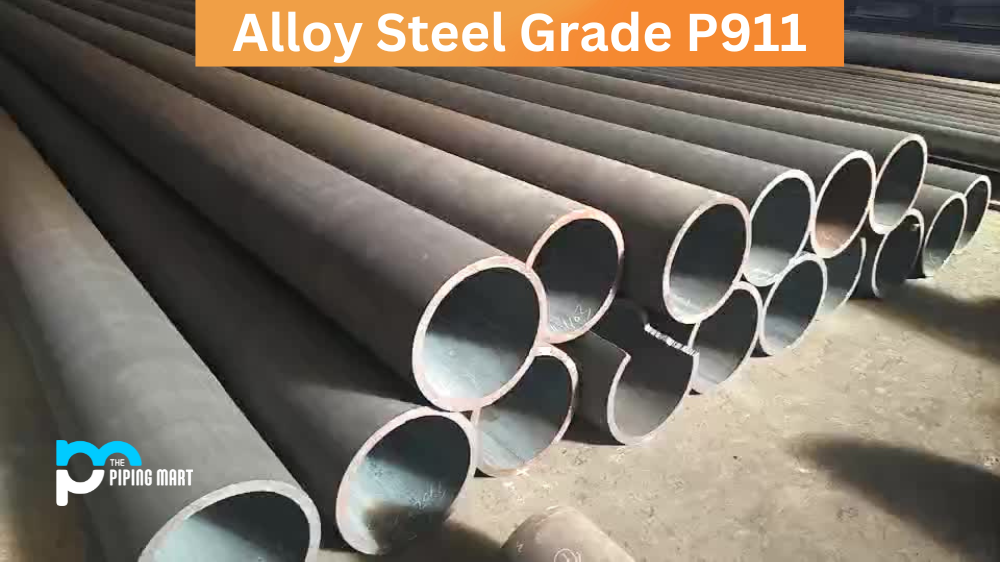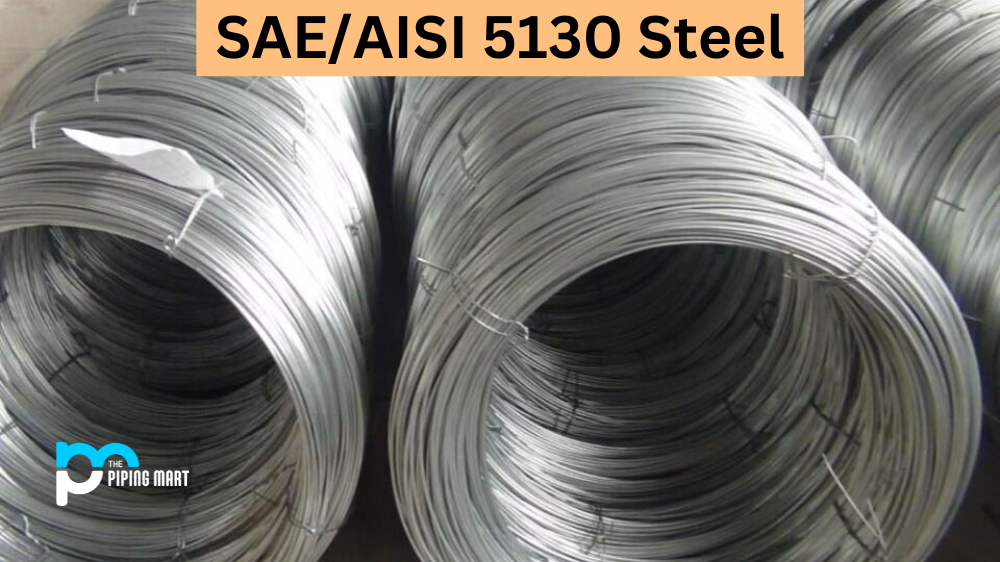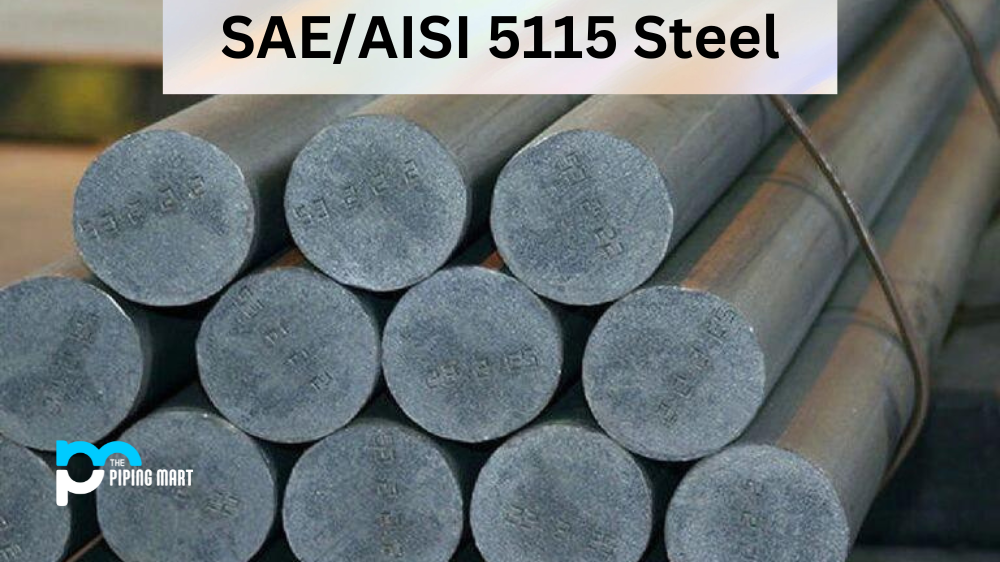Alloy steel grade P911 is one of the most important grades of alloy steel. This material has a wide range of uses, from automotive parts and machinery components to nuclear reactor pressure vessels and aerospace structures. In this post, we will discuss the composition, chemical and mechanical properties, physical properties, uses, corrosion resistance, heat resistance, heat treatment, machining and welding processes for alloy steel grade P911.
Alloy Steel P11 Composition
Grade P911 is low-carbon steel with a combination of manganese (Mn), silicon (Si), chromium (Cr), nickel (Ni) and molybdenum (Mo). It also contains other trace elements such as vanadium (V), tungsten (W) and cobalt (Co). The exact composition of alloy steel grade P911 varies depending on its intended application.
| AP911 Chemical Composition | |||||||||
|---|---|---|---|---|---|---|---|---|---|
| Carbon | Silicon | Manganese | Phosphorous | Sulphur | Molybdenum | Nickel | Chromium | Copper | Others |
| 0.09-0.13 | 0.10-0.50 | 0.30-0.60 | 0.020max | 0.010max | 0.90-1.10 | – | 8.5-9.5 | – | – |
Alloy Steel P11 Chemical Properties
Steel Grade P911 has excellent strength and toughness properties due to its high Mn content. It also has excellent weldability due to its low carbon content. The material can be hardened by both cold working and heat treatment processes.
Alloy Steel P11 Mechanical Properties
Alloy P911 is an alloy steel classified as medium carbon, low alloy steel. It combines high strength and hardness with excellent ductility, making it a great choice for many applications. Its mechanical properties make it an ideal material for high-stress applications. It has good weldability and machinability, making it easy to work with and form into desired shapes or sizes. Overall, this tough yet malleable metal proves its versatility in the realm of heavy-duty components for those looking for a reliable alloy.
| P911 Mechanical Properties | |||||||||
|---|---|---|---|---|---|---|---|---|---|
| Yield Strength | Tensile Strength | Elongation A5 min | |||||||
| MPa min | ksi min | MPa min | MPa min | ksi min | Percentage | ||||
| 620 | – | 90 | 20 | ||||||
Alloy Steel P11 Physical Properties
Alloy steel grade P911 has a density of 7.85 g/cm3, making it slightly heavier than other alloy steel grades, such as SAE 4140 or SAE 4150. It also has an elongation value of about 20% at a break, meaning it will stretch before breaking when exposed to force or stress beyond its yield point. Its melting point is around 1400-1450°C depending on the exact composition of the material used in production.
Alloy Steel P11 Equivalents
| P911 Equivalent | |||||
|---|---|---|---|---|---|
| DIN | EN | BS | NFA | ASTM | ASME |
| – | EN X11CrMoWVNb9-1-1 | – | ASTM A335 Grade P911 | ASME SA 335 Grade P911 | – |
Alloy Steel p11 Uses
Alloy Steel Grade P911 is widely used in various industries, including automotive manufacturing, nuclear power plants, aerospace engineering, machine tools production and oil & gas extraction operations due to its excellent strength-to-weight ratio combined with good weldability characteristics. It is also commonly used for pressure vessels which require superior tensile strength at elevated temperatures.
Corrosion Resistance
Alloy Steel Grade P911 offers good corrosion resistance against most media, such as water vapour and salt spray, when compared to other grades of alloy steels like AISI 4330V or AISI 4140HV due to its high Mn content and addition of Cr & Ni elements which help prevent oxidation at elevated temperatures. However, it should be noted that prolonged exposure to corrosive media will reduce its corrosion resistance over time, so protective coatings may be required in some applications where extended corrosion protection is necessary.
Heat Resistance
The heat resistance properties of alloy steel grade P911 are dependent on its exact composition but generally speaking, it offers good performance up to temperatures exceeding 500°C without significant degradation in mechanical properties like tensile strength or hardness values when compared with other steels such as SAE 4140HV or AISI 4330V which begin losing their mechanical strength at much lower temperatures. Additionally, the material can withstand short-term exposures up to 800°C without significant damage if properly cooled afterwards, ensuring that it can handle most types of welding processes without any issues.
Machining
Heating the material prior to working with it is recommended for optimal performance since it improves workability while simultaneously providing better dimensional accuracy during machining operations as well as greater wear resistance when used in contact with abrasive surfaces like sliding bearings etc.
Heat Treatment
Heat treatment procedures must be followed after welding operations have been completed in order to restore the material’s mechanical properties back up close to pre-welding conditions. This includes tempering and stress relief treatments that should be applied according to specific instructions provided by the supplier, depending on the type of operation being performed.
Welding
All welding projects involving alloy steel grade P911 require extreme caution and precision due to the unique properties of the material. Combining accuracy, safety measures, and knowledge of alloy steel grade P911, welders have an array of techniques at their disposal to produce quality results. Arc welding offers visual feedback, allowing for quick corrections during the process, while flux-cored wire welding requires little to no preparation before starting a job. Tungsten inert gas (TIG) welding is renowned for its pin-point accuracy but typically has a slow fusing speed due to the nature of this method of welding. Whether taking on small or large-scale assignments requiring alloy steel grade P911 welding, it is essential to take one’s time and be meticulous in order to ensure the successful completion of each project.
Conclusion
Alloy Steel Grade P911 is an important grade of alloy steel due to its unique combination of excellent strength-to-weight ratio combined with good weldability characteristics, making it ideal for a variety of industrial applications from automotive parts manufacturing through aerospace engineering all the way up until nuclear reactor pressure vessels. Its superior corrosion resistance combined with excellent heat resistance make this metal an ideal choice for a number of operations where long-term durability is needed without sacrificing performance under high-temperature environments. Finally, proper machining & heat treatment processes must always be followed in order for these metals to achieve optimal results during their useful life cycle. Intended Audience – Industrial professionals who are looking for information about Alloy Steel Grade 911 composition, chemical/mechanical properties, physical properties use etc.

A passionate metal industry expert and blogger. With over 5 years of experience in the field, Palak brings a wealth of knowledge and insight to her writing. Whether discussing the latest trends in the metal industry or sharing tips, she is dedicated to helping others succeed in the metal industry.




